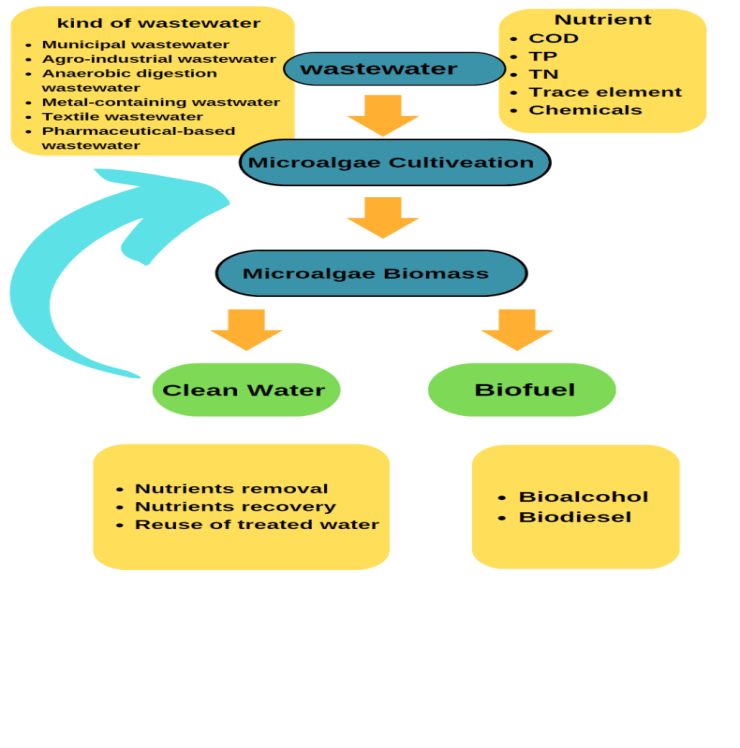Algal Bioremediation: Heavy Metals Removal And Evaluation Of Biological Activities In Sewage Plant
Keywords:
Wastewater, Algae, Heavy Metals, Bacterial StrainsAbstract
This study aimed to grow algae to remove heavy metals and nutrients from wastewater. The biomass that was produced can be used to create bioactive compounds. Oscillato riarubscens and Ankistrodesmus monoraphids were grown in Tobruk wastewater, which removed about 92% of the nitrogen from the medium. The cumulative effects of Scenedesmus acutus, Ankistrodesmus monoraphids and Euglena gracilas also resulted in a 91% reduction in phosphorus from wastewater from Tobruk and Derna in eastern Libya that is discharged into the Mediterranean Sea.Following reductions in Cd, Zn, and Pb levels of 88%, 83%, and 58%, Ankistrodesmus monoraphids, Euglena gracilas, Lyngbya muscular and Scenedesmus acutus were grown in Tobruk wastewater. While Scenedesmus acutus and Nitzschia palea saw Pb reduction of 43% and Ankistrodesmus monoraphids, Scenedesmus acutus, Euglena gracilas, Nitzschia palea and Oscillato riarubscens reduced Zn by 75%., Euglena gracilas saw reductions in Cd of 97% using the same algae in the Derna wastewater. Most algae showed notable activity against Bacillus cereus and Escherichia coli in both aqueous and ethanolic extracts, but only a weak zone of inhibition against Staphylococcus aureus and Pseudomonas aeruginosa. The following is a list of the bacterial strains inhibited in an order calculated by inhibition zone, in order of importance: O. rubscens > Mixture > L. muscula > N. palea > A. monoraphids > E. gracils > S. acutus.










